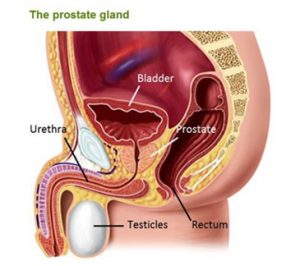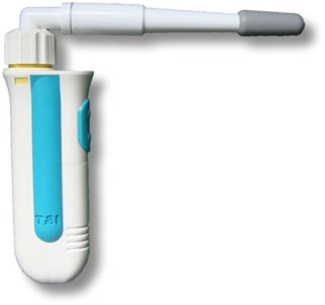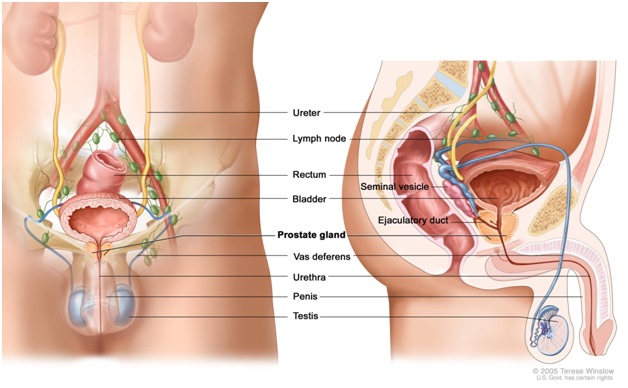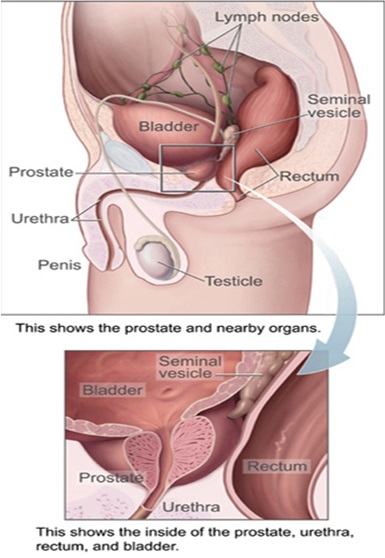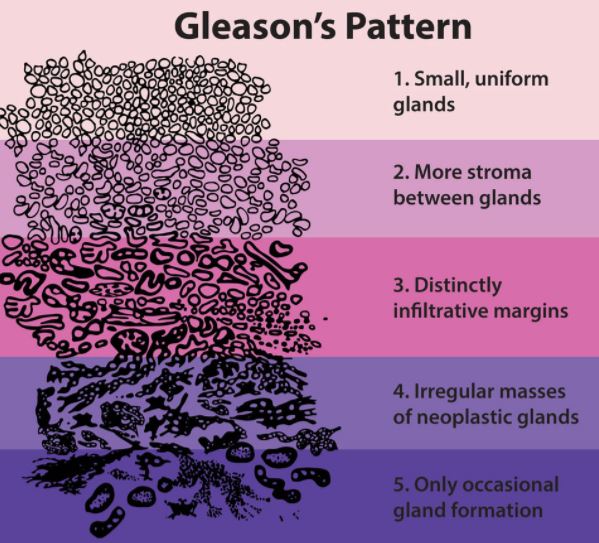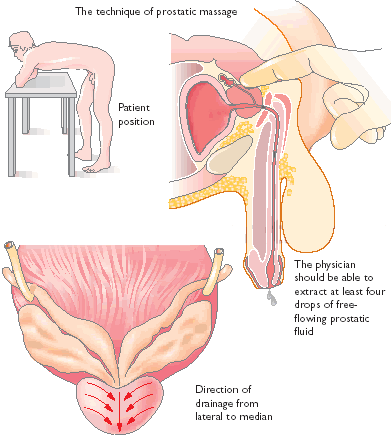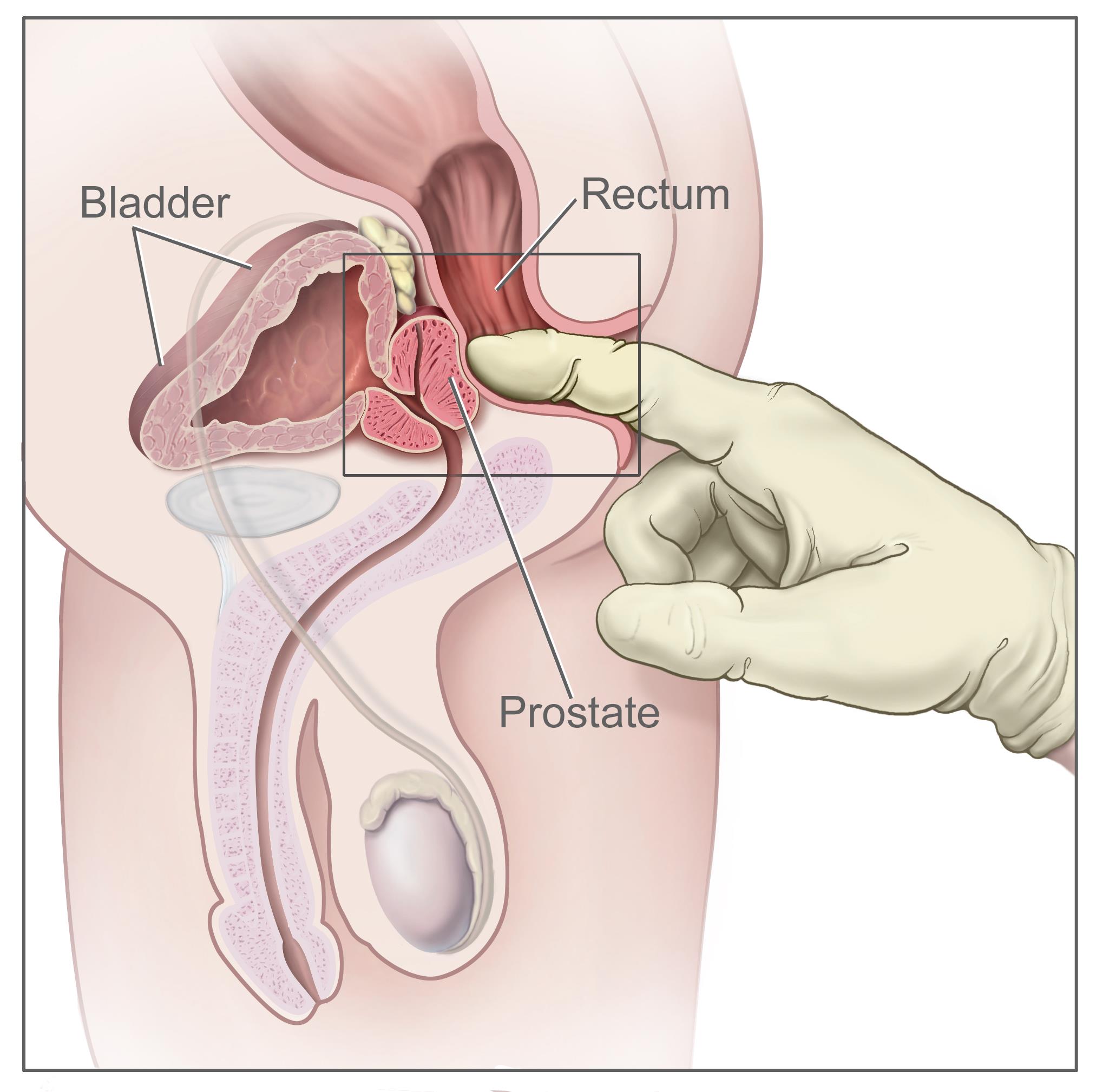Prostatitis Pain
How to Deal with Prostatitis Pain
Prostatitis pain could be excruciating and unbearable but it can be controlled and treated. Interestingly, about 17% of men will suffer from prostatitis at some point in their life. Urologists receive thousands (and even millions) of hospital visitation each year from men suffering from the pains and discomforts caused by prostatitis. The condition could even reoccur after treatment, requiring further treatments.
What causes Prostatitis
Prostatitis could be caused by various factors. Bacterial prostatitis is caused by bacteria, precisely by the gram negative bacteria, E.coli. Bacterial prostatitis is usually accompanied by muscle pain, fever, and chills as well as urinary problems. Thus, they can be easily diagnosed and treated with antibiotics. However, lots of men suffer from prostatitis with nonbacterial causes with excruciating prostatitis pain. Nonbacterial prostatitis is very difficult to deal with and could be caused by a range of factors. Some of the causes are still very hazy, but a few related causes include stress, depression, hard-to-detect bacteria and so forth.
Types of Prostatitis, associated Pains, and Recommended Remedies
The three most common types of prostatitis include acute (bacterial) prostatitis, chronic (bacterial) prostatitis and chronic (nonbacterial) prostatitis. These types of prostatitis, the associated pains, and discomfort alongside with their respective treatment remedies will be shortly discussed.
Acute (bacterial) prostatitis
Bacteria can move from the urethra to the rectum and then to the prostate, causing acute bacterial prostatitis. This prostatitis is associated with lots of excruciating symptoms and pains. The preliminary symptoms include aches in the joints and muscles, chills, high fever, and fatigue. The prostatitis pain is usually felt at the base of the penis, in the lower back and around the scrotum. The rectum feels as though it is full and the prostate swells up. The urinary stream becomes weak, making urination difficult. In extreme case, the prostate may swell to the extent that it may be impossible to urinate due to the blockage of urine flow.
Urologists usually recommend antibiotics as a standard way to treat prostatitis. Antibiotics such as levofloxacin, ciprofloxacin, ofloxacin and so forth could be effective. The condition may return if the sufferer does not complete the treatment course. However, even after completing the treatment course, the condition may also return and could be treated with antibiotics. The associated prostatitis pain could be relieved with aspirin, and other pain relievers and the discomfort may be minimized by sitting in a hot bath or taking stool softeners. It is also advised to drink a lot of fluids to flush out the bacteria.
The condition could be better treated with prostate natural treatment methods. Prostate food supplements have garnered attention over the years. Saw palmetto is perhaps one of the most effective prostate food supplements used for centuries in treating prostatitis. This food supplement contains most of the active ingredients in antibiotics and can effectively treat acute bacterial prostatitis.
Chronic (Bacterial) Prostatitis
Chronic bacterial prostatitis usually follows acute bacterial prostatitis. However, the pains are lesser and more subtle than the former but the condition could be more prolonged than acute bacterial prostatitis. The condition usually occurs in older men but may not be associated with fevers and chills but involves urinary problems. Painful urination, lower back pain, post ejaculation pains and so forth are the major prostatitis pain involved with this condition.
Furthermore, men suffering from chronic bacterial prostatitis may often notice blood in their semen and would be troubled by incessant urination urge and frequency of urination. Sufferers may need to get up several times in the night to urinate. The symptoms of chronic prostatitis fluctuate; they could wane to the pain that they appear unnoticeable but they will resurface after sometimes.
The aforementioned antibiotics for acute bacterial prostatitis can also be used in treating chronic bacterial prostatitis. The treatment has to be maintained for one to three months to ensure that it does not reoccur. However, it if does reoccur, it can also be treated with antibiotics.
Natural remedies such as prostate food supplements can be used in treating chronic bacterial prostatitis. According to studies, saw palmetto when combined with other supplements proves to be extremely effective in treating chronic bacterial prostatitis. Prostate massage therapy can also help remarkably in relieving the prostatitis pain and associated discomfort.
Chronic (Nonbacterial) Prostatitis
This condition is the most common form of prostatitis today. It is also known as chronic pelvic pain syndrome and usually dubbed Chronic Prostatitis/Chronic Pelvic Pain Syndrome (CP/CPPS). It is usually difficult to pinpoint a cause of this prostatitis and usually, the diagnosis does not show any sign of bacteria. A number of conditions (all connected to each other) are suspected to cause this prostatitis. Oftentimes, the condition may start with stress but a difficult-to-detect infectious agent may also be responsible. Some other conditions that may trigger or cause prostatitis include never damage around the genital and urinary region, physical trauma and so forth.
The prostatitis pain associated with CP/CPPS is often excruciating. Every muscle relating to sexual function, bowel, and bladder as well as the prostate gland could be affected by the condition. The condition could even increase the sensitivity of the nervous system. Most of the symptoms of the aforementioned types such as urination urge and frequency are also involved. Most times, sufferers may have to resort to pain relievers to ease pains and medications could be used to reduce urination urges. Antibiotics are often recommended for treatment and myofascial release may also be leveraged.
Interestingly, this condition can be better treated with a combination of prostate massage therapy and prostate food supplements. Massage therapy can improve blood and urinary flow. This helps to provide oxygen, nutrients and white blood cells to fight the condition. Massage reduces inflammation by stimulating the release of prostatic fluid. Moreover, phytotherapy and prostate food supplements, in general, can effectively reduce and treat prostatitis, including CP/CPPS. For instance, quercetin, found in some supplements has the antioxidant property that can prevent the release of substances causing the prostate inflammation. Some other supplements can support the immune system, and work effectively in treating the condition and they have no serious side effects, unlike pharmaceutical drugs.

